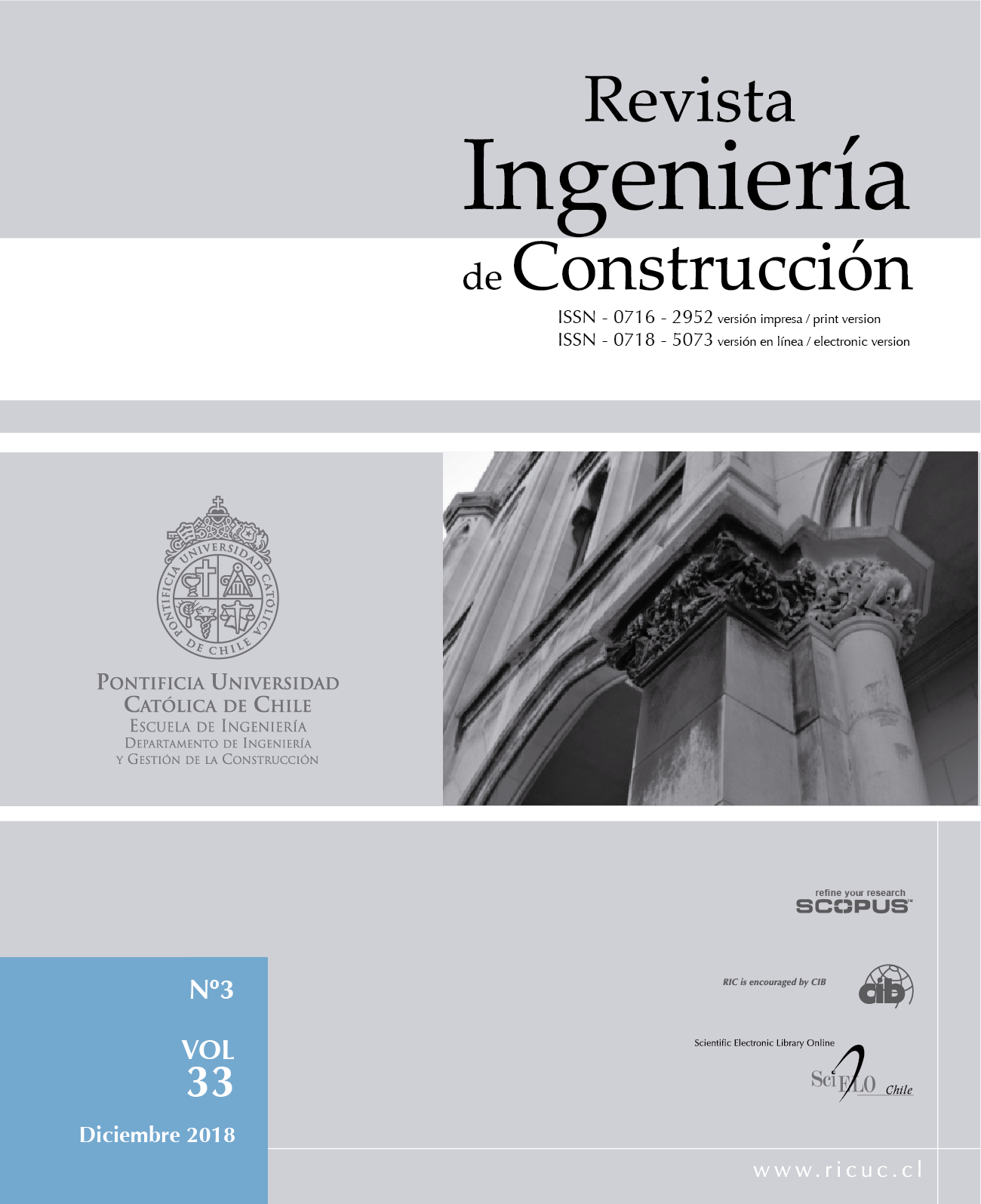Procedure for analysis of thermo-energetic and economic performance of passive strategies for retrofitting a building in Brazil
DOI:
https://doi.org/10.4067/S0718-50732018000300251Keywords:
Retrofit, passive strategies, computer simulation, energy efficiency, thermal comfortAbstract
The construction sector is responsible for high levels of energy consumption and for environmental impacts during the life cycle of a building all over the world. Therefore, sustainability has become an inherent topic in building design, in response to the stringency of natural resources and to performance. A way to design sustainable buildings is taking advantage of the available natural resources on site to reduce the needs for artificial conditioning. Requirements of performance have become more restrictive and existing buildings must conform to them. This is possible through a retrofit process which improves their performance to comply with actual requirements, besides improving the comfort of their occupants. Most of the developed procedures for retrofitting analysis take into account only energy consumption and emission of pollutants. The aim of this paper is to demonstrate a procedure to help designers and decision makers on choosing the best retrofit strategy considering energy consumption, thermal comfort and the cost-benefit of these strategies. A computational model of a building located at the State University of Campinas was developed to simulate different passive strategies and the results obtained are presented in an easy-to-use chart as part of the procedure.


